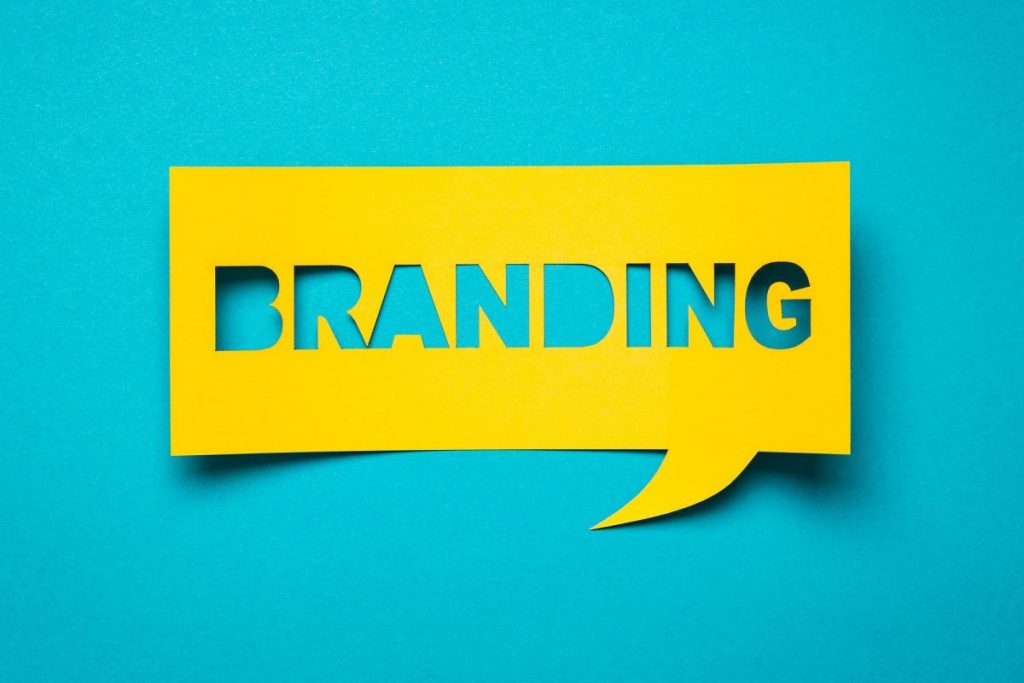Rebranding an organisation can be a minefield of potential pitfalls if not undertaken with expertise.
For many successful organisations, brand is one of their most important and valuable assets. The decision to rebrand should not be taken lightly. Here are some of the more common mistakes to avoid when undergoing a rebranding project:
1. Not engaging in brand research
Brand research is a key component in uncovering the attitudes, perceptions, gaps and opportunities for your brand prior to rebranding. A rebrand will only resonate with its key target audience if the brand has invested in getting to know their customers’ needs and pain points.
There are many benefits and risks to undertaking a rebrand. Insights from brand research can help organisations mitigate risk and inform decision making. A rebrand represents considerable investment from a financial and time perspective, not to mention the risk of losing customers who were loyal to your existing brand. This factor is particularly pertinent when transitioning from a well-known established brand to an unknown new brand.
As a research-led brand agency, we may appear biased on this point, however, without the insights that come from researching your customers, competitors and the market, a rebrand will simply be a wardrobe change.
2. Not having a solid strategy behind your new brand
Don’t undervalue your current brand equity; ignoring what you have already built and the trust you have earned with customers can have a negative impact.
“Stay true to your values. That’s why you were a success in the first place, and that’s how you make incredible things happen.”
Rafe Offer
After conducting research, mapping out a brand strategy to clearly define and articulate your brand values, brand positioning and key points of difference is the next step. The insights uncovered in your brand research will assist in defining your brand positioning which can then inform the development of your new brand identity.
3. Copying a competitor
As tempting as this may be, replicating the activities of a competitor can be one of the worst mistakes you can make, essentially creating less differentiation, less recognition and may result in some legal hot water.
In today’s commoditised market, brand is often the only thing that differentiates you from your competitors. If your competitors have done a good job with their branding and it resonates with your target market, then your rebrand needs to resonate even more.
Remember, a brand is more than a logo; you can showcase your brand by delivering on your values and positioning and then demonstrating these through your brand visual identity and throughout all of your customer interactions.
4. Following a design trend that doesn’t relate to your offering
Trends come and go. Take a short look back to the ’80s and ’90s to realise that if you follow trends too closely you will soon be outdated.
In the world of branding, there has more recently been a trend of minimalising design, and unfortunately, this can result in brands becoming devoid of personality and can risk losing their identity. If your brand positioning is strong, it can hold its own with a minimalist design. A good example of where minimalist brand design has been successfully deployed is Apple; the brand appears to have stayed consistently simple since inception, however, if you review it more closely it has been refreshed and reinvigorated several times.
The minimalist branding has been effective, in that it allows the non-design elements of the brand to shine through, such as brand positioning.
Brands that dare to be different have the opportunity to create their own visual language.
5. Not being bold enough
Swimming in a sea of sameness will not allow your brand to showcase its distinctiveness. While being bold can sometimes be seen as a risk, daring to differentiate has definitely worked for many brands who have opted for an impactful approach to branding.
There have been some really great examples in recent times. Who Gives a Crap, a brand that disrupted the ‘undisruptable’ – toilet paper. The use of fun branding, the convenience of home delivery and the drawcards of not-for-profit plus environmentally friendly packaging, made this toilet paper brand extremely attractive. Another example is The Boring Company, founded by Elon Musk, after getting annoyed by traffic in Los Angeles. The Boring Company, a fun play on words does exactly what it says – boring as in tunnel boring.
6. Not rolling out the rebrand comprehensively
“Having a vision for what you want is not enough. Vision without execution is hallucination.”
Thomas A. Edison
An effective roll-out plan is paramount to the success of a rebrand. If a rebrand is well planned and executed, then the communications phase should be a lot easier. Ensuring that all brand assets are refreshed and internal stakeholders are fully briefed, will create a clear understanding of the new brand and a smooth rollout to your customers.
Conducting a full audit of all your assets, assigning a project manager and working group to the task, is a great approach to ensuring consistency and accountability.
7. Not communicating a rebrand effectively
A saying we often repeat in marketing is that ‘when you are sick of saying something, your customers are only just hearing it’. This is particularly important in the case of a rebrand. The rebrand must be clearly and consistently communicated both internally and externally.
A rebrand announcement can easily be missed. It is vitally important that this message is heard and
understood so that it does not result in a loss of effectiveness when you launch into general brand awareness marketing. Launch loud and proud and get 100% behind your new brand.
To rebrand or refresh? That is the question.
A true rebrand is a journey that involves comprehensively analysing what has changed within your
business and strategy, bringing that change to life through a defined brand positioning and visual identity that signals the change to the market.
Our latest e-book, The Refreshing Guide to Rebranding explores the catalysts, benefits and risks of rebranding. Feel free to download it or call us to discuss your unique situation.



